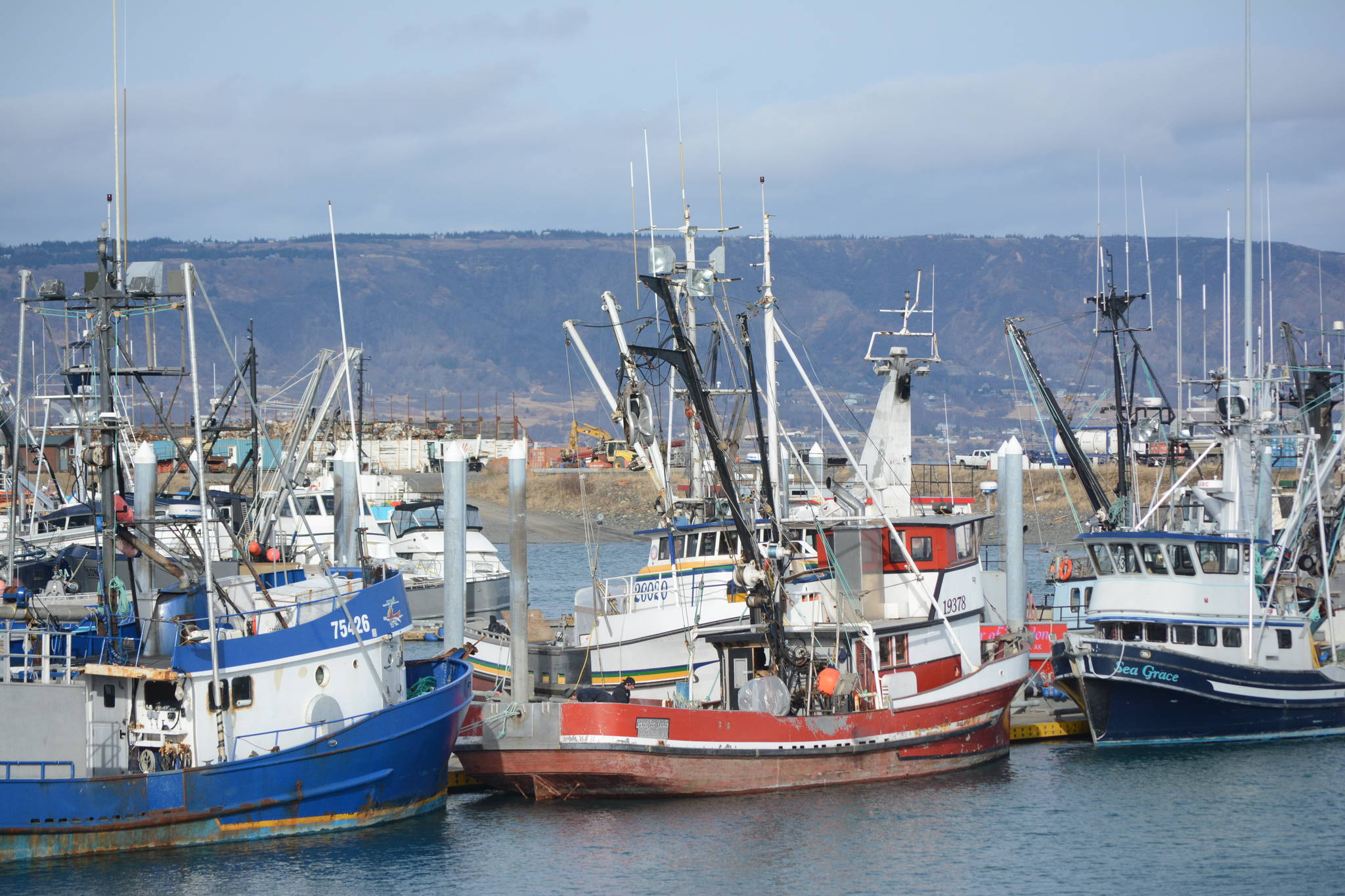The Alaska Board of Fisheries kicks off its meeting dealing with state-wide finfish proposals on March 9 in Anchorage, covering about 20 proposals and expected to last four days.
Those proposals include some that, while generalized to fit the criteria of a state-wide proposal, are clearly aimed at the relentless “fish wars” in the Upper Cook Inlet salmon fisheries.
One of the proposals, submitted by the Kenai River Sportfishing Association, seeks to change the allocation criteria of fishery resources among personal use, sport and commercial fisheries, modifying that allocation to make “the importance of each fishery for providing residents the opportunity to harvest fish for personal and family consumption” as the first criteria, followed by six other criteria of lower standing.
KRSA points out that a state statute regarding regulation of the BOF states “The Board of Fisheries may allocate fishery resources among personal use, sport, guided sport, and commercial fisheries.”
It adds that “The board shall adopt criteria for the allocation of fishery resources and shall use the criteria as appropriate to particular allocation decisions.”
Some of the criteria that KRSA listed as lesser priorities include the history of each personal use, sport, guided sport and commercial fishery; the number of residents and nonresidents who have participated in each fishery in the past and the number of residents and non-residents who can reasonably be expected to participate in the future; the importance of each fishery to the economies of the local area where the fishery is located and the State of Alaska; and the availability of alternative fisheries resources.
Former area management biologist for UCI, Jeff Fox, has submitted two proposals that are connected, one that would amend the Policy for Statewide Salmon Escapement Goals, and the other that would change the Policy for the Management of Sustainable Salmon Fisheries.
Both proposals try to clarify policies that Fox says are “… cumbersome, confusing and mislead(s) the public as to what the board and department are managing the salmon fisheries to achieve,” and also to put escapement goals more in line with producing Maximum Sustained Yield.
“Right now there are these (two policies), and they direct the department to manage for MSY unless the Board tells them not to, and they set some standards up, and those standards, and everything the Board is required to do are being ignored by both the Board and the Department (of Fish and Game), so I just called it into question,” Fox said.
Escapement goals state-wide are set too high, particularly on Chinook, according to Fox, largely over 100 percent of what would be optimal.
Fox said that the number used to identify escapement goals to provide for MSY is 90 percent, meaning that if the yield goal is 1 million fish, the escapement goal should be set at something that produces 900,000 fish, but that it’s a curve that goes both ways, and is being used to shut down commercial salmon fishing in UCI.
Fox’s proposals seek to change the method of determining escapement goals to a system that looks at what percentage of a spawning population produces the largest returns, and replace confusing language about Sustainable Escapement Goals, Biological Escapement Goals, Optimum Escapement Goals and In-River Run Goals with “Management Targets.”
Some of the research for escapement goals came about when Fox worked at ADF&G in Soldotna in 2002 and set up four tiers of escapement goals based on spawning percentages, but a subsequent analysis in an ADF&G paper titled “An Evaluation of the Percentile Approach for Establishing Sustainable Escapement Goals in lieu of Stock Productivity Information” showed that the upper tier was unsustainable.
“Very large escapements would not produce sustainable yields,” the paper reads.
“The point of this thing is, these goals all set the upper bounds as being unsustainable; they’re too high,” Fox added.
That paper was available five years ago, and yet neither the BOF nor ADF&G used that data at the last UCI meeting cycle in 2016.
Fox claims that the reason the upper tier of escapement goals was kept was because otherwise it would lower all the escapement goals, particularly in the Kenai River, even though such a move would probably dramatically increase yield.
He said that the proposed budget from Gov. Mike Dunleavy would further hamper efforts to gauge run forecasts and size, and escapements, which he called “not that accurate,” and that “you’re going to give up huge amounts of yield, because that’s what they really want in Cook Inlet anyway.”
Fox said ADF&G has the data to understand that over-escapement in the Kenai River is an issue.
“There’s enough information on the smolt size, the fry size, all that to indicate biological parameters are being exceeded, but the number crunchers are ignoring all that and just using a model, and the models are not really all that good.
“Basically, they’re looking for higher escapements that don’t produce well, because that will close the commercial fishery, and that’s what the (Mat-Su) Valley wants,” he added.
Fox said that increasing the run sizes in Cook Inlet would be better for everyone, not just commercial fishermen.
“You’re assuming that when people are fighting for fish, there’s a problem. And there isn’t,” he said. “People are going to fight for fish no matter what. The real issue is that we need to manage for an escapement goal that produces the most fish we can get, and then the yield is realized by the various fisheries.”
Cristy Fry can be reached at realist468@gmail.com



